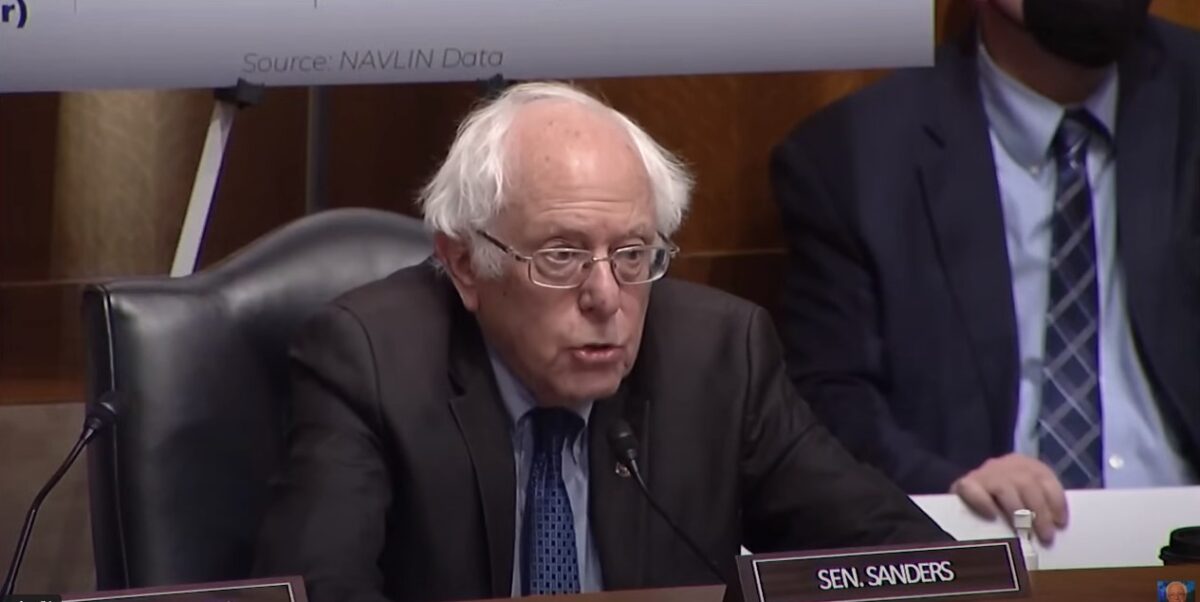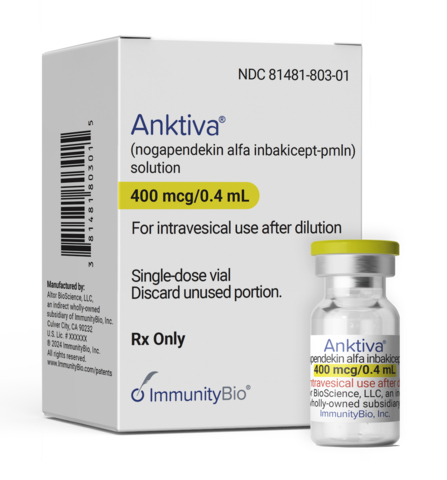The FDA’s Oncologic Drugs Advisory Committee (ODAC) has lent support to Johnson and Johnson’s (J&J) and Bristol Myers Squibb’s (BMS) applications for moving their myeloma CAR T-cell therapies Carvykti and Abecma, respectively, to earlier treatment lines.
The 11-member committee voted unanimously in favor of the use of J&J’s Carvykti (ciltacabtagene autoleucel) as a second-line treatment for multiple myeloma patients who have received one to three prior lines of therapy. ODAC decided that Carvykti’s benefits outweighed the risks when administered to patients as early as after their first relapse.
While the panel also had an overall positive view on BMS’ Abecma (idecabtagene vicleucel), which is seeking a third-line treatment approval, the committee’s vote was split 8-3 in favor of Abecma’s data.
Multiple myeloma is a type of cancer that affects plasma cells, a type of white blood cell found in the bone marrow. These cells are crucial for the body’s immune response, producing antibodies that help fight infection. However, when these cells become cancerous, they proliferate uncontrollably, leading to a myriad of health issues, including bone damage, kidney failure and impaired immune function.
The ODAC convened to offer guidance on the applications after the FDA raised concerns about deaths early on in trials for Carvykti and Abecma, which are currently approved as fifth-line treatments for multiple myeloma.
In its review of clinical trial data supporting the applications, FDA statisticians found a higher risk of death among patients treated with Carvykti in the first 11 months of the Phase III CARTITUDE-4 trial. The risk with Abecma, based on data from the Phase III KarMMa-3 trial, lasted 15 months.
However, despite acknowledging the FDA’s concerns, ODAC members were in support of the treatments given their positive impact on progression-free survival (PFS), the primary endpoints in the trials. In their respective trials, Carvykti led to a 74 percent reduction in the risk of progression or death and Abecma a 51 percent reduction compared to standard treatment combinations.
However, the FDA was unsure whether the later benefits were worth the initial risks.
The ODAC felt patients would likely choose the treatments for the length of remissions observed.
The FDA usually follows the recommendations of its advisory committees even though it isn’t obligated to.
The FDA will have a decision on J&J and partner Legend Bio’s Caryvkti application in earlier-line myeloma by April 5. The agency had set a target decision date for BMS and 2seventy bio’s Abecma in December, which has since passed.
Related: FDA Raises Concerns Over Early Trial Deaths for CAR T-Cell Therapies Carvykti and Abecma
Long-Term Benefits Outweigh Early Risks
In its review, the FDA said the early deaths weaken the overall results but that treatment has long-term benefits.
FDA reviewers had questioned whether an increased risk of death in the first ten months could outweigh Carvykti’s 59 percent reduction in the risk of disease progression or death and an interim 43 percent reduction in the risk of death.
Carvykti’s survival advantage kicked in after the first ten months and J&J said the increased death risk was essentially limited to the first three months. During the first three-month period, there were seven deaths among the Carvykti group versus just one in the control group. For every three-month period thereafter, the number of deaths among Carvykti recipients was either the same or lower than the control arm.
Overall, the committee had been won over by Carvykti’s progression-free and overall survival data, more than half of which was complete before a final analysis. The overall survival curves exhibit a striking separation as the trial progresses, highlighting the therapy’s benefit. Several panelists took the stance that while the early deaths were concerning, their cause was not immediately clear, and it appeared unlikely they were linked to the therapy.
XTALKS WEBINAR: Advancing CAR T-Cell Therapies with Clinical Trial Customization
Live and On-Demand: Monday, April 15, 2024, at 10am EDT (4pm CEST/EU-Central)
Register for this free webinar to learn how to successfully set up and manage highly customized CAR T-cell therapy clinical trials.
J&J said its analysis showed that the early deaths were largely attributed to 32 patients who progressed or died before even receiving Carvykti. The company noted that suboptimal bridging therapy, given to patients as they await CAR T-cell treatment, could also be a factor in the early deaths. Since the therapies take weeks to manufacture, there is a risk that a patient’s disease can progress.
While J&J postulated that improving bridging therapy could overcome the early death risk, the FDA said the company must actually prove this rather than simply theorize. The FDA and J&J did agree though that there is presently no optimal method to identify at-risk patients for potential enhanced bridging management.
Panel members agreed that the bridging therapy issues shouldn’t be as significant of a problem in clinical practice compared to the constraints of clinical trial rules that can cause delays in CAR T-cell treatment and restrict bridging therapies.
The high initial patient deaths could also be attributed to the known side effects of CAR-T therapies and conditioning regimens used to prepare patients for them.
“All these risks should be considered integral to the benefit-risk assessment of CAR T-cell therapy,” Helkha Peredo-Pinto, an FDA clinical reviewer, told committee members.
The FDA noted that the therapies haven’t demonstrated that they can prolong lives. “It may be when the data are more mature, but it’s not there yet,” said Robert Sokolic, head of the Malignant Hematology Branch at the FDA’s Center for Biologics Evaluation and Research (CBER).
Despite the FDA’s concerns, the ODAC experts agreed that the agency shouldn’t focus its attention on the few initial events that don’t have statistical significance. Instead, the risk should be seen in the context of Carvykti’s statistically significant benefits over a longer time period.
“When you look at the context of the harm and a handful of events in the early months, compared to the tail of the curves that we’re seeing, I think it’s a pretty clear signal of benefit,” Christopher Lieu, MD, from the University of Colorado, said during the meeting.
For Abecma, its PFS curves weren’t as impressive as Carvykti’s.
“The data we have now appears transient and there’s no clear benefit that earlier is better than later,” said ODAC member Daniel Spratt who voted against the early use of Abecma.
BMS said the KarMMa-3 trial was underpowered for an overall survival analysis because of the crossovers and that the data set was uninterpretable, which Sally Hunsberger, PhD, a statistician with the National Institutes of Health (NIH), agreed with.
“I think the PFS drove my decision,” Hunsberger said. “I think there is still the bridging question and how to really implement that. But I think the study was designed for PFS and the overall survival is — it’s not harmful as far as I can see.”
The overall verdict stood on the benefits of the potential one-time therapies to have long-term impact.
“To be able to give a one-time treatment (to patients) and without requiring them to come back and forth is a really important option,” said panelist Mary Kwok.
If you want your company to be featured on Xtalks.com, please email [email protected].












Join or login to leave a comment
JOIN LOGIN